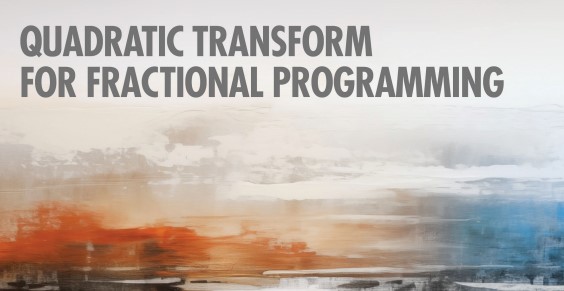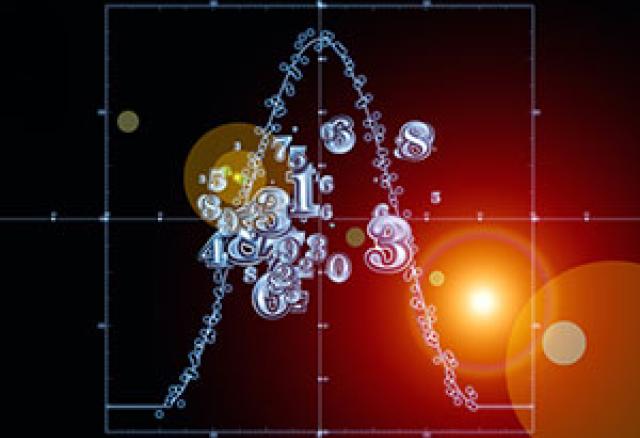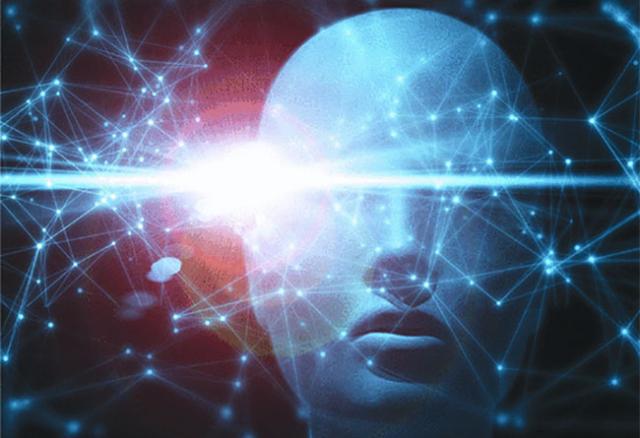
- Home
- Publications & Resources
- IEEE Signal Processing Magazine

IEEE Signal Processing Magazine

CURRENT ISSUE

CURRENT ISSUE
May 2022
Self-Supervised Representation Learning: Introduction, advances, and challenges
Self-supervised representation learning (SSRL) methods aim to provide powerful, deep feature learning without the requirement of large annotated data sets, thus alleviating the annotation bottleneck-one of the main barriers to the practical deployment of deep learning today. These techniques have advanced rapidly in recent years, with their efficacy approaching and sometimes surpassing fully supervised pretraining alternatives across a variety of data modalities, including image, video, sound, text, and graphs.
Fire, Water, and Signal Processing: Researchers are turning to signal processing to help them address challenges posed by two of the planet’s fundamental forces
Fire and water, two of nature’s basic forces, are each capable of sustaining or destroying life and property. Research projects in California and Hawaii are, respectively, helping displaced families cope with devasting wildfires, and investigating a way to increase water supply availability on isolated islands. Both projects are relying on signal processing to help them meet their goals.
On Dual-Use Information Technology
While I am writing this column, the Russia–Ukraine war is raging. As bombings, destruction, and human suffering flood the daily news, I deeply feel the pain of our Ukrainian colleagues, those who have friends and family in the affected areas, those who had to put their studies and careers on hold to fight for their survival. I also acknowledge the agony of those around the world who are watching the developments in horror, trying to comprehend why such insanity was necessary.
Federated Learning: A signal processing perspective
The dramatic success of deep learning is largely due to the availability of data. Data samples are often acquired on edge devices, such as smartphones, vehicles, and sensors, and in some cases cannot be shared due to privacy considerations. Federated learning is an emerging machine learning paradigm for training models across multiple edge devices holding local data sets, without explicitly exchanging the data. Learning in a federated manner differs from conventional centralized machine learning and poses several core unique challenges and requirements, which are closely related to classical problems studied in the areas of signal processing and communications.
March 2022
Unsupervised Deep Learning Methods for Biological Image Reconstruction and Enhancement: An overview from a signal processing perspective
A window function is a mathematical function that is zero valued outside some chosen interval [1] , [2] . For applications like filtering, detection, and estimation, the window functions take the form of limited time functions, which are in general real and even functions [3] , [4] , while for applications like beamforming and image processing, they are limited spatial functions. A spatial window can be a complex function for optimizing the beams in magnitude as well as in phase, as in the case of certain antenna arrays, where the phasor currents in the array are complex numbers [5].





